Making connections: How Equal Arts have been using art to tackle isolation, with your support
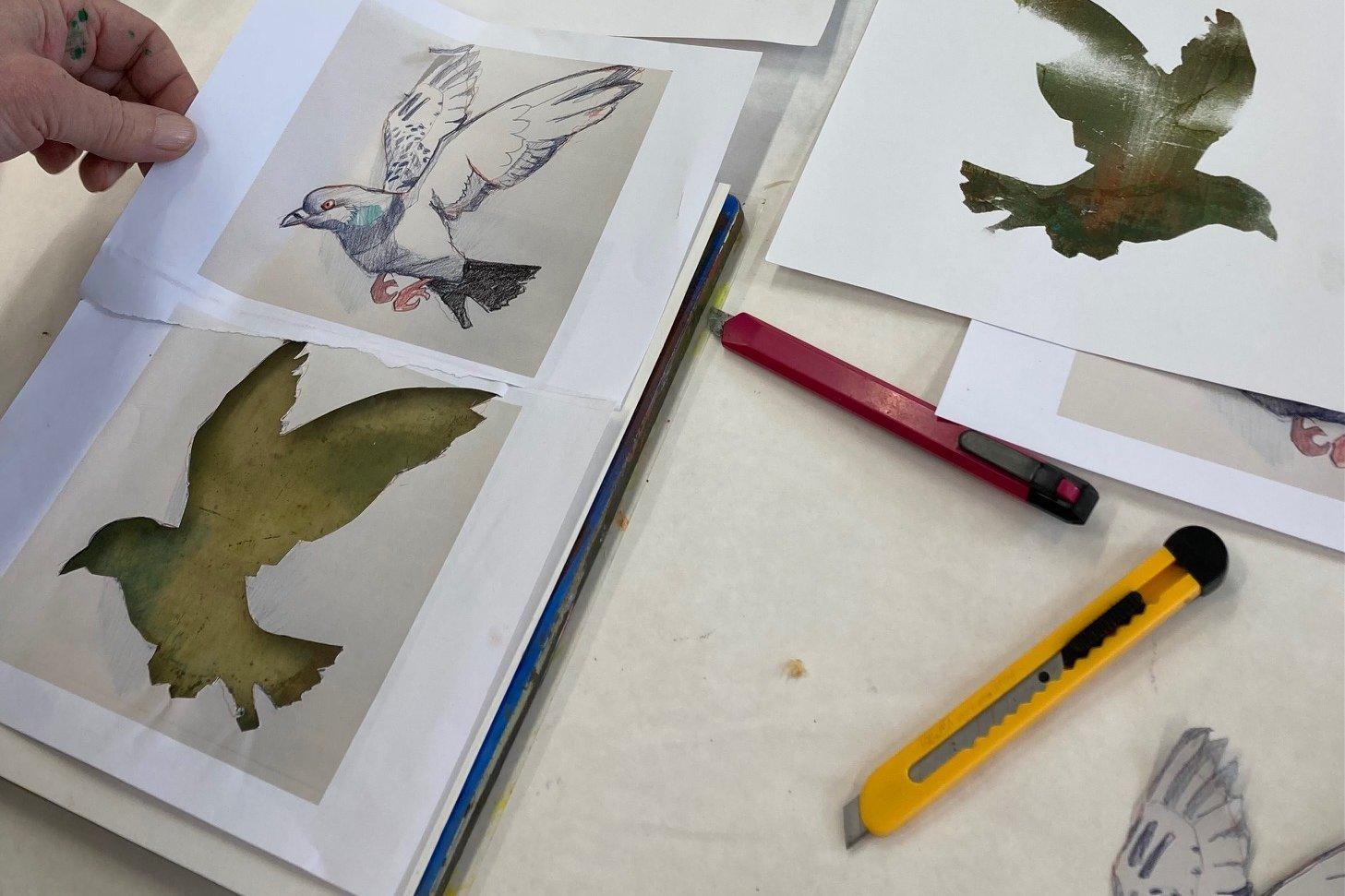
We chat to the team behind Equal Arts, whose project engaging people with the art of Thomas Bewick has helped to rebuild confidence and connections after the pandemic.
Based in Gateshead, the charity Equal Arts provides arts and creative activities for older people, including people living with dementia, to help improve wellbeing and reduce loneliness.
During the pandemic, they quickly realised there would be a need to help people reconnect socially and creatively. With the support of a £13,500 Reimagine grant from Art Fund, they produced a new project, ‘Out and about with Thomas Bewick’, to engage people with the life, work and legacy of the local-born artist – famous for his wood engravings of birds – and to help rebuild confidence in visiting museums.
Group members took part in artist-led workshops and museum visits, and developed their own artistic responses to collections of Bewick’s work, tools and artefacts at Newcastle City Library and beyond.
Here Equal Arts’ chief executive, Douglas Hunter, and the project’s curator, Sarah Lawrance, tell us more about the impact of the project and what it’s led to – from exhibitions to the creation of a dementia-friendly publishing imprint.
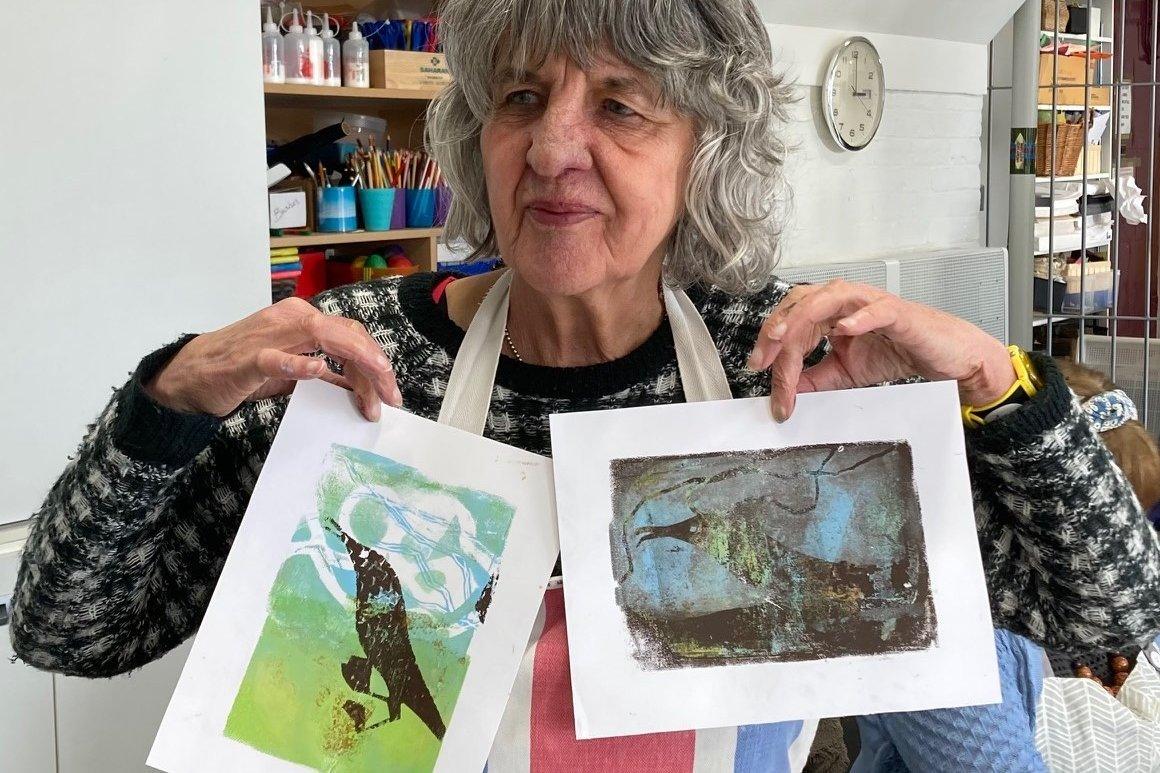
Art Fund: This was such a rich programme of activity, with artist-led workshops, museum visits and even a residential trip to Wordsworth Grasmere. What kind of range of artistic responses did you see?
Sarah Lawrance: We did a mixture of things. For example, we took people to a couple of sessions at the Great North Museum – they have some of the birds which Thomas Bewick drew from, so we did some life drawing from the birds, and [the group] met the curator of biology who talked to them about the specimens. And then follow-up sessions at the Shipley Art Gallery, where they developed that work into colour work, and in the end they did lovely colourful monoprints and collages.
We did a whole series of workshops where they tried wood engraving. That was the technique for which Bewick was best known, and they’d looked at some of his original engraved blocks in [Newcastle City Library] collection. We worked with an artist who took them through [it] step by step, so over the course of six weeks they were able to go from never having done this before, right up to having blocks which they were then able to print from, and we took them to Cherryburn to do that. I think for some of them that was really the highlight – producing a piece of art that then came off the press at Cherryburn.
Douglas Hunter: And that engaged quite a lot of older men as well. I’m thinking of one person [who] lives on his own, and he’s quite creative, but for him to build that relationship with peers was strong for him. Another man, he’s got huge caring responsibilities, so that was a significant space for him.
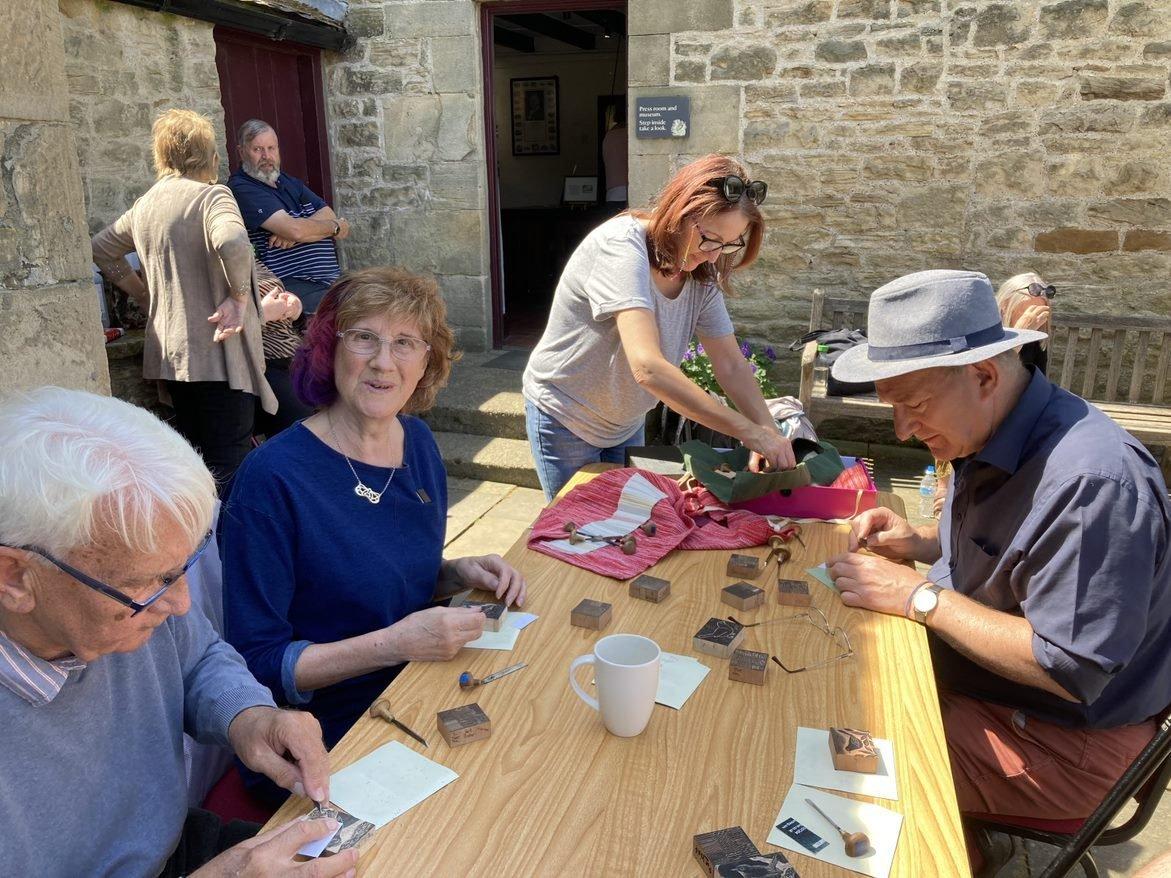
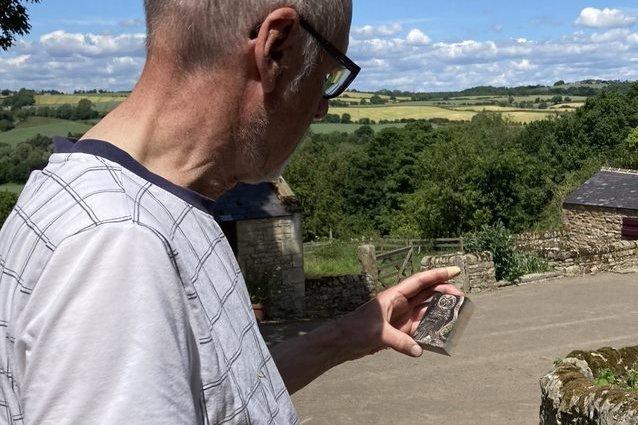
Do you think the subject matter – nature – was also a big part of the attraction?
Sarah: I do. Also, visiting Cherryburn, when you go there you’re so immersed in the environment that I think that really lifted people’s spirits. It’s still very, very rural around there, and it’s surrounded by trees and running water, and the cottage garden is just full of plants – so that definitely complemented the experience really strongly.
Douglas: And I think people know of the name Thomas Bewick – there’s a Thomas Bewick school, a Bewick street, Bewick blue plaques in a couple of different locations – so there’s a familiarity, but for them to see original artefacts, to get a much richer experience and understand, is so important for people as well.
Sarah: Because he is a known name in our region it definitely hooked new people to join the group. At that point, just coming out of the pandemic, you’ve got people who had perhaps either retired, or got ill, and had not had the opportunity to build up social connections or common interest groups. They got hooked because of the Bewick connection, and at least two of the blokes that started going are still going to that group now. As a result of that they’ve really developed their creative practice, both writing and visual art.
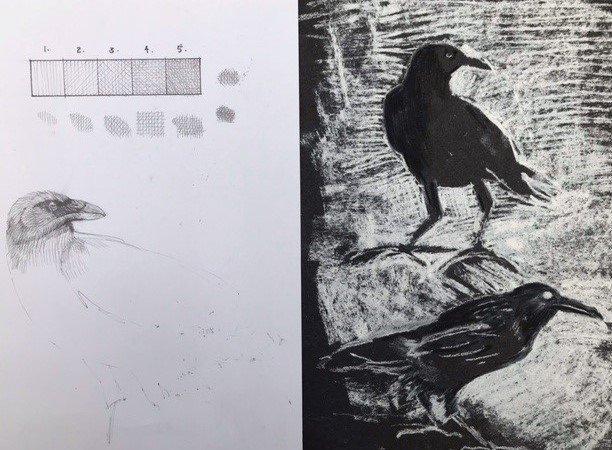
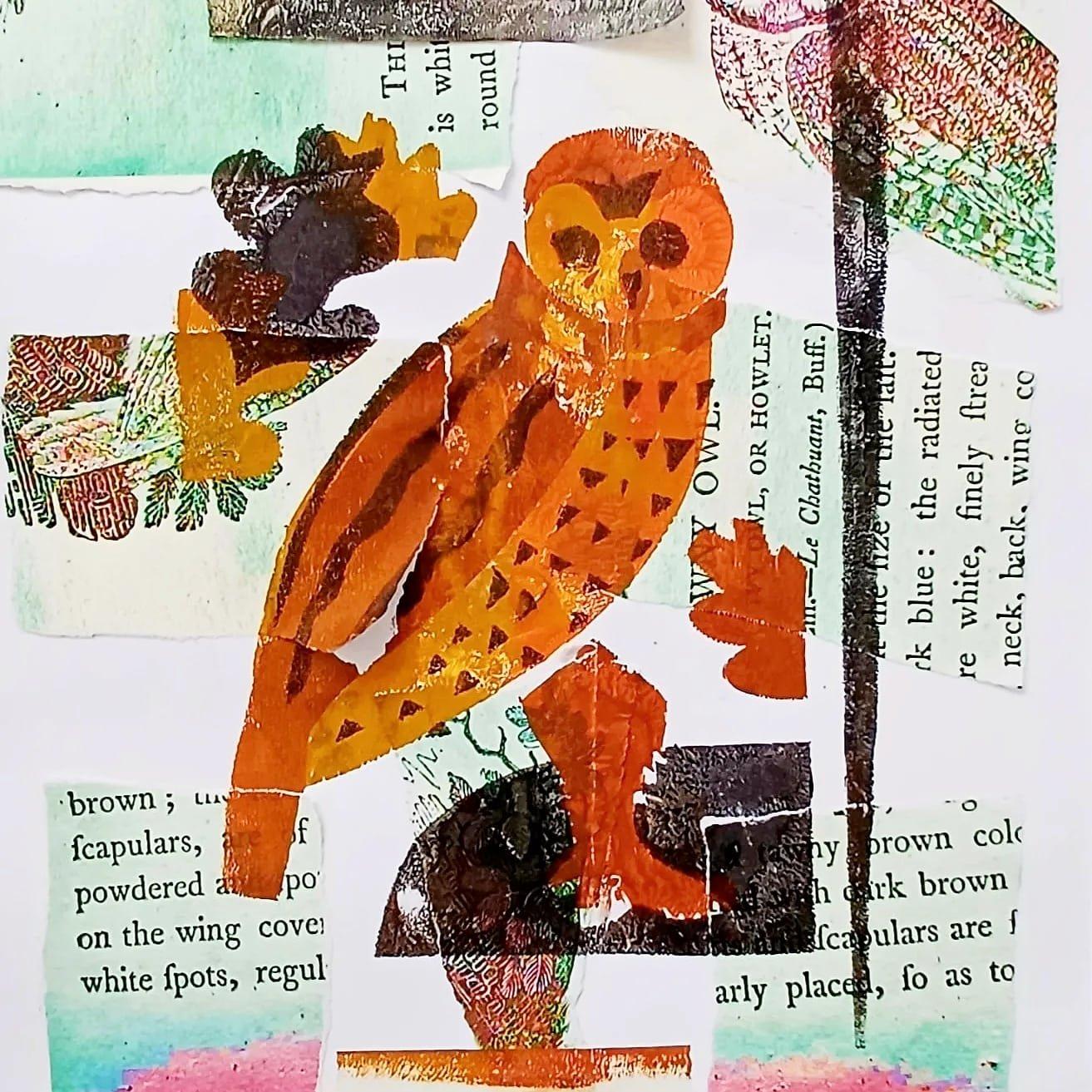
What outcomes did you see – did you see connections being formed between people, and an increase in confidence?
Douglas: Yes, definitely. There were some new people that had come to the group post-Covid. There was quite an age range, early sixties to early eighties, and there’s people that have experienced bereavement, people that have had various kinds of health diagnosis – so there’s quite significant things that people are managing in their lives.
And there’s now two groups – the number of participants [doubled] to a point where we said, OK, let’s have two groups, and they’re both doing slightly different things; [one group] is quite focused now on its creative output, and you could argue the [other group], they’re still very creative and engaged, but they are more of a peer support group as well. So the participants have kind of found a driver for their interests as well.
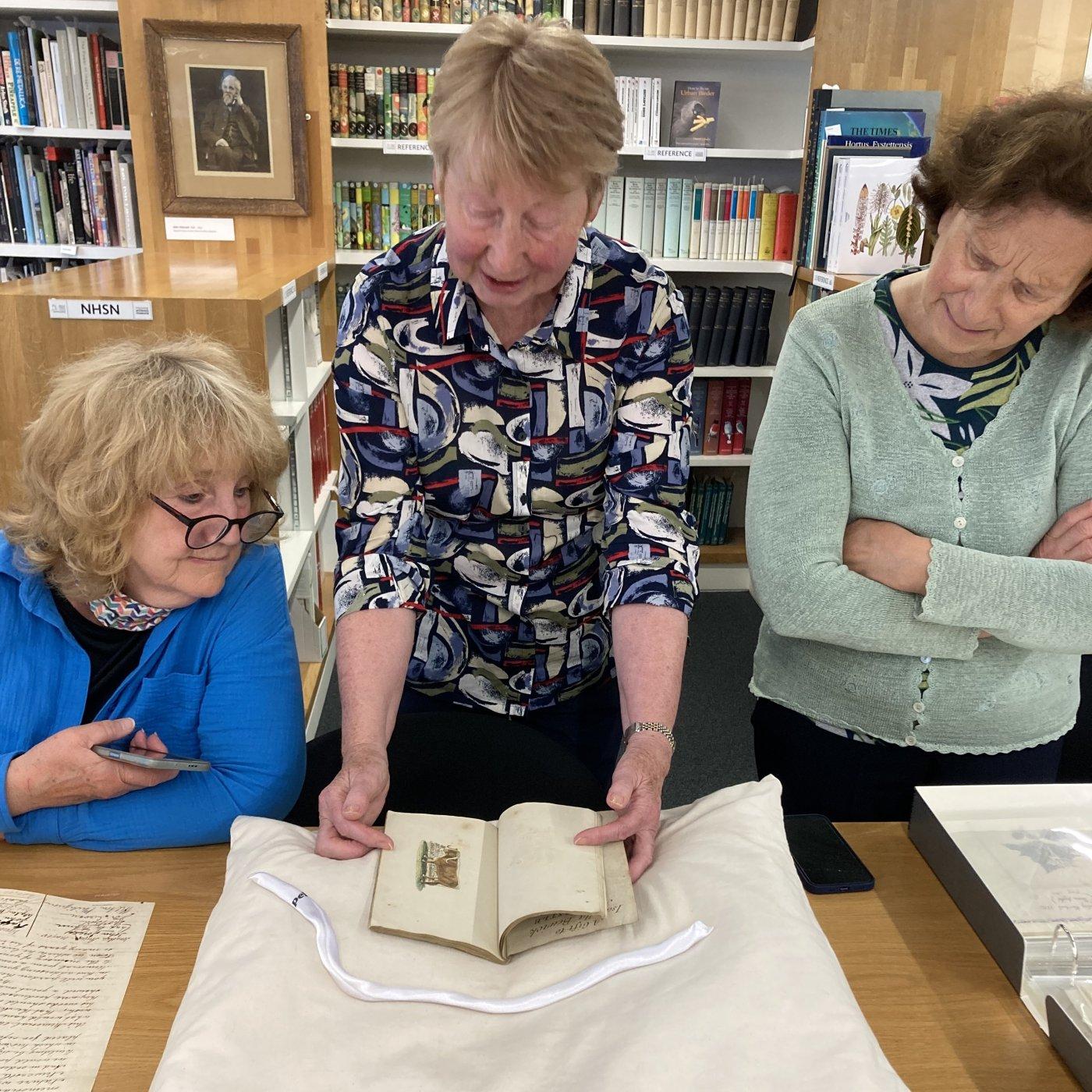
What has the project led to?
Douglas: On the back of it we applied to the National Lottery Heritage Fund for an 18-month project to explore the collection further; to help [older people] access that collection, but also to do some more outreach and put on an exhibition. That’s an exhibition of original Bewick work and the participants’ work side by side, so you can see the original and their response.
In parallel to that, we applied to Innovate UK and got £30,000 to produce a dementia-friendly publication. It’s a book that is rooted in Thomas Bewick as content, and looks at his story – but if you’ve got cognitive impairment or dementia you can enjoy the information in front of you without having to remember a narrative throughout the whole book. Through producing the book, we decided to create a dementia-friendly in-house publishing imprint, and we’re looking at other publications going forward.
Sarah: The content development for [the book] was sparked by this original Art Funded project; that’s where the idea of doing this came from. But it also came from one of the visits that we did as part of the project, bringing groups to the city library in Newcastle to look at the collection – that has helped us to really develop that partnership with the library, and so they allowed us to have access to that collection for the Lottery project.
It means that we’re developing new ways for Equal Arts to work with cultural partners, to work with collections – and the dementia-friendly publishing initiative means that we’re looking for other museums to partner with in the future, so that we can explore that material. We’re just at the beginning of that – but it’s all come from that one initial project.